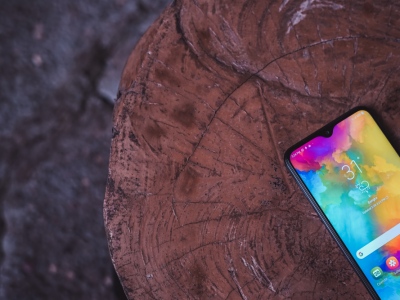
In Western areas of the world, seeing someone on a cell phone is a frequent occurrence – in less than two decades, the cell phone has become ubiquitous in the Western world. In fact, most of the people I know have at least one cell phone, with an older backup model gathering dust in a drawer somewhere.
What’s amazing, however, is that when you visit a developing nation like India, mobile phones are almost as common as they are in the United States or Europe. Cellular technology is so widespread that, in what might be the most outrageous statistic I’ve seen, the Wall Street Journal has reported that mobile phones are more common than toilets in many areas of the world.
Let that sink in for a moment – a person living in a rural region of India might not have a toilet (or, more specifically, indoor plumbing), yet they have a flip phone?!
Has Technology Changed Priorities For The Worse?
The sanitation and health benefits of indoor plumbing are obvious and indisputable, yet many of the men surveyed in a recent India national census reported that their wives and loved ones were more interested in a mobile phone than indoor plumbing. The mobile phone has so infested society that even in areas of the world where basic sanitation needs are unmet, cell phones reign supreme.
How exactly did this happen? Essentially, cell phones are a developmental shortcut. Rather than string telephone lines from town to town, governments and private enterprise can build cell towers. Cell towers are cheaper than tediously connecting towns with wires. Provided that the consumer is willing to pay for a cell phone, developers and policy makers would rather build cell phone networks than string telephone lines.
The trouble is, stringing telephone lines is a good thing for developing countries. Telephone lines are hung on the same telephone polls that carry power lines, and/or buried in the same conduit that accompanies fiber optic cable. Not to mention, cable conduit is frequently buried alongside water and sewer lines…which means that cell phone towers are taking infrastructure dollars away from things like fiber optic cable, water, sewer, and power.
Are cell phones too glamorous? The cell phone is a powerful tool, but it’s also a cultural icon and a status symbol. In the United States, Japan, and Korea, the “smart phone” is the darling of the techno-geek set. Manufacturers seemingly debut a new smart phone every other week, each one promising more power and more features, and each one costing hundreds of dollars.
In developing countries, consumers are bombarded with images of movie and television stars taking calls and “doing business” on a cell phone, and the imagery is understandably compelling. Yet this imagery is arguably bad for the people of rural India, as they would rather own a cell- phone than demand modern sanitation. Perhaps if Hollywood (or Bollywood) showed images of old cast iron bathtubs consumer priorities would adjust accordingly.
Where Do We Go From Here?
As cell phones become cheaper and more powerful, they promise to bring communication and Internet access to every corner of the world. Yet this technology also detracts from “hard” infrastructure that developing regions really need. For me at least, it saddens me to know that cell phones are more common than things like toilets and bathtubs.
Author Miguel Salcido is a passionate advocate of technology and
international development. When he’s not writing about the issues of the world,
he writes for PremiereVanities.com, a website selling bathroom vanities online.










Comments